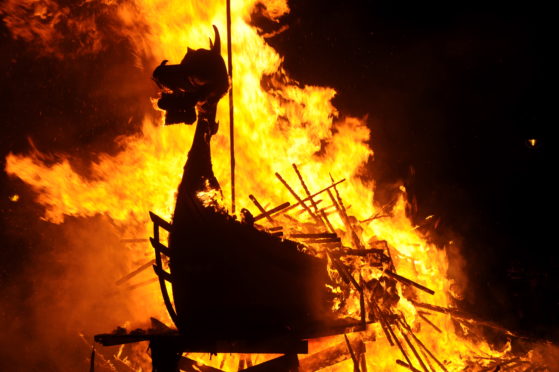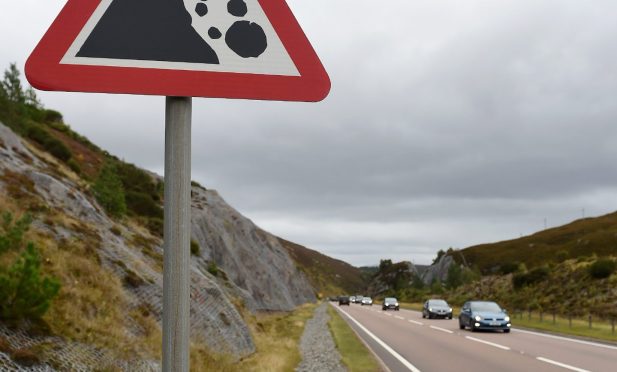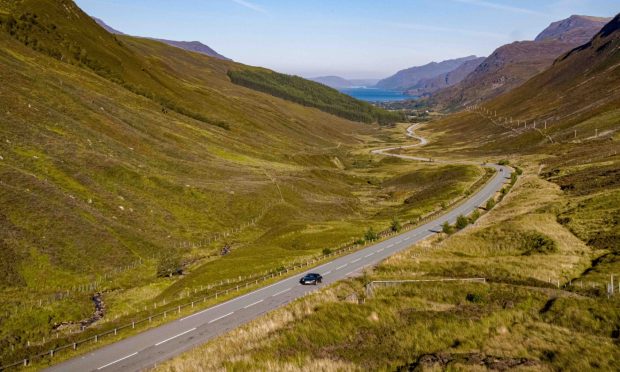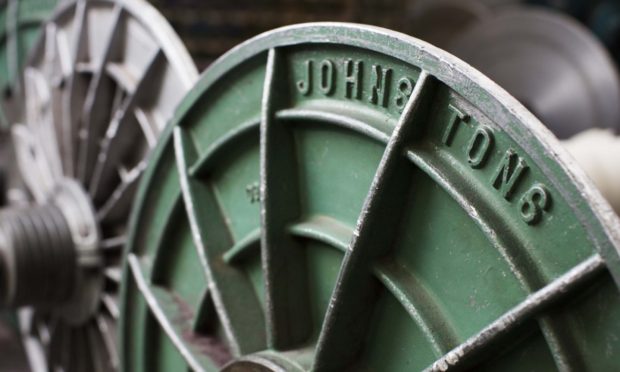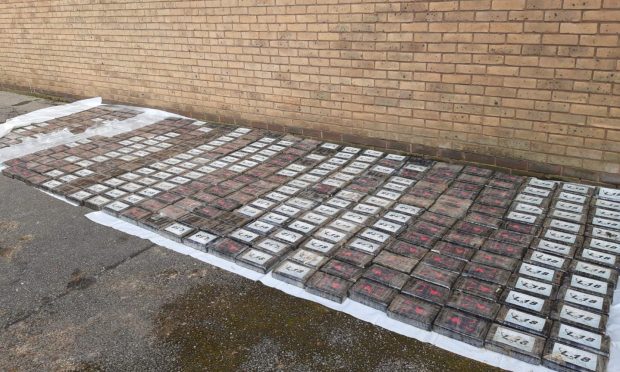After months of preparation to pay tribute to their Viking ancestors, the town of Lerwick is set for another year of fiery celebrations and marches.
Shetland’s biggest fire festival – Up Helly Aa – is organised entirely by volunteers all year round, and the majority of these proceedings are said to have remained intact since the 1880’s.
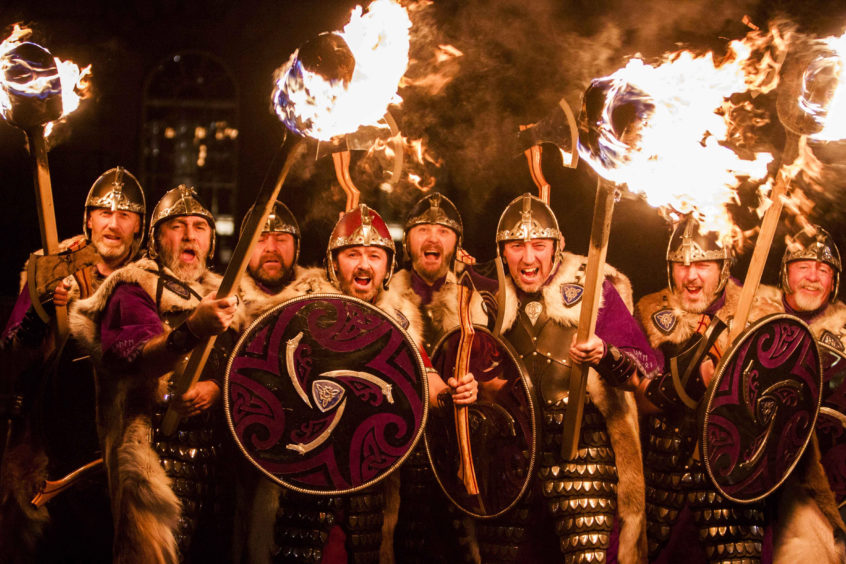
The festivals roots date back to the Napoleonic period when rival groups of Lerwick youths dragged sledges with burning “Tar Barrels” on them through the town, with each squad collecting their barrel secretly weeks in advance.
Special constables were employed to try and prevent these activities, however squad members simply dressed in sacks to disguise themselves and saw this as added excitement.
There were frequent spillages and damage caused to homes, resulting in Lerwick’s magistrates attempting to ban them in 1874.
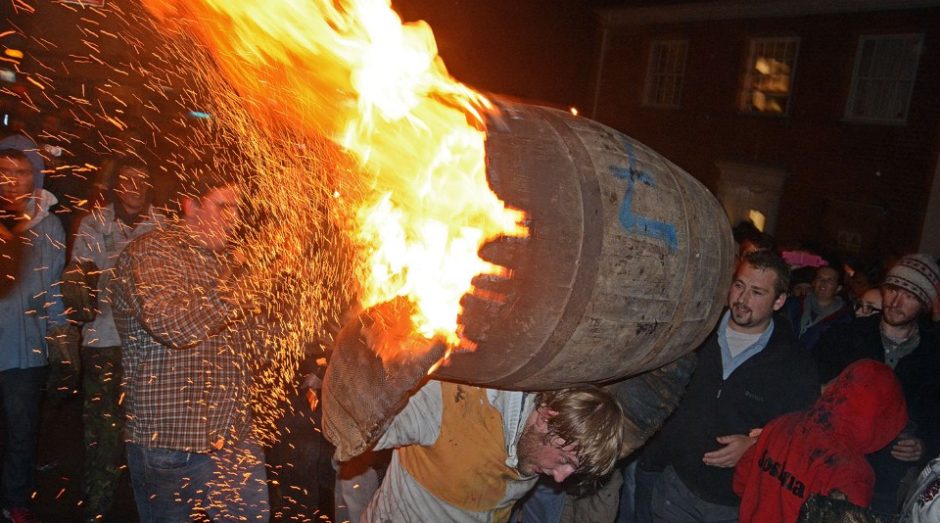
Successfully reducing the use of the barrels, the change enhanced the number of guizers as the town began experimenting with new activities.
Each squad started dressing collectively under one theme and visiting “open” houses, where the host and hostess invited people to celebrate the occasion and provide refreshments.
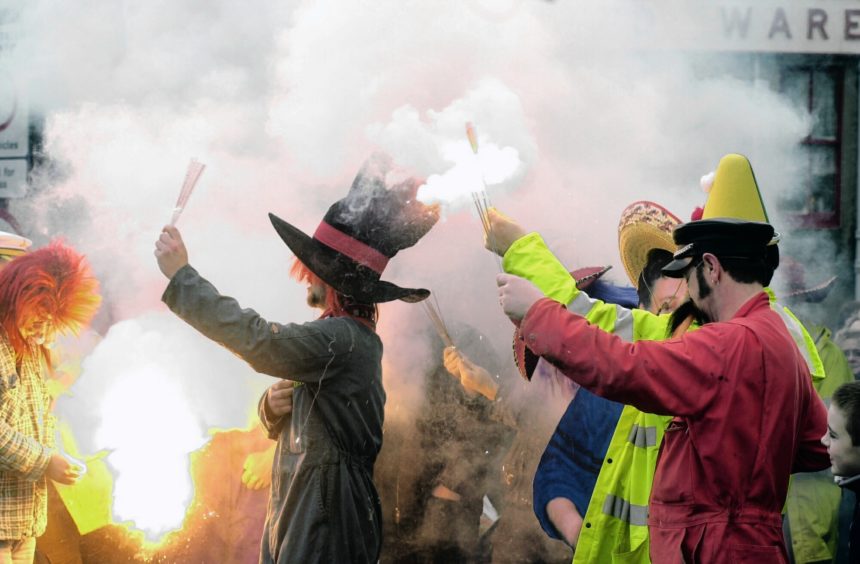 Following the Tar Barrelling ban there were occasional torch-lit parades around Christmas and New Year in Lerwick until 1881, when the first organised procession was held on January 29.
Following the Tar Barrelling ban there were occasional torch-lit parades around Christmas and New Year in Lerwick until 1881, when the first organised procession was held on January 29.
The following year saw the event take a step forward with the appointment of Peter W. Greig as “Worthy Chief Guizer” to organise and form the focal point of the festival.
And in 1889 the first model Viking Longship, known as the Up Helly Aa Galley, was introduced to be set alight with torches at the end of the celebration.
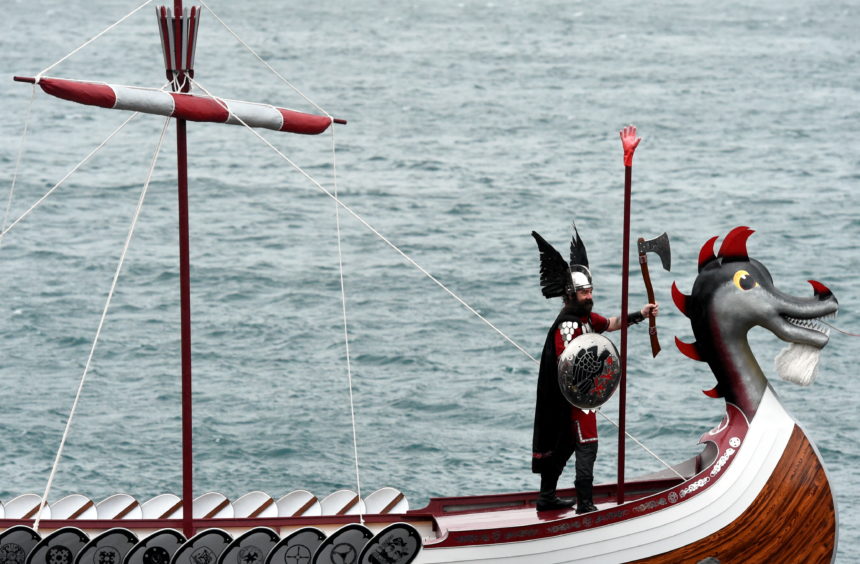
Another important innovation was created in 1899 – the “Bill” or “Proclamation”.
This is a large billboard produced annually and erected at the Market Cross before daylight, giving nominal instructions for the guizers and generally poking fun at authority.
As the Festival grew in popularity with the guizers, “open” houses proved insufficient for their entertainment, and by 1910 halls were being used as well as houses.
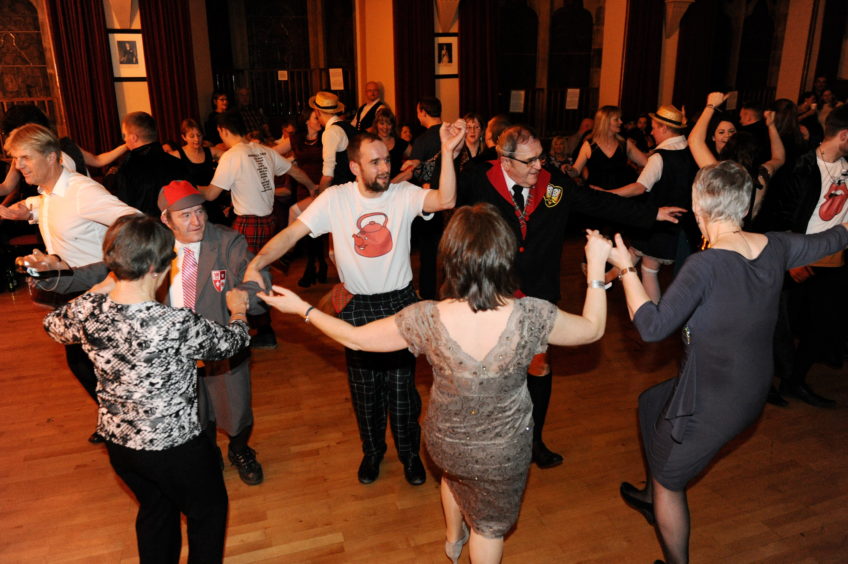
Although the only set in stone Up Helly Aa is Lerwick, there have been a number of occasions that have interrupted proceedings, including the death of Queen Victoria in 1901 and the War years (1915-19 and 1940-48).
But the other 11 festivals held in and around Shetland have variable dates, and may not happen each year.
Up Helly Aa has since gone on to level out at around 950 guizers, which is more than triple the amount that took to the streets at the outbreak of the First World War.
